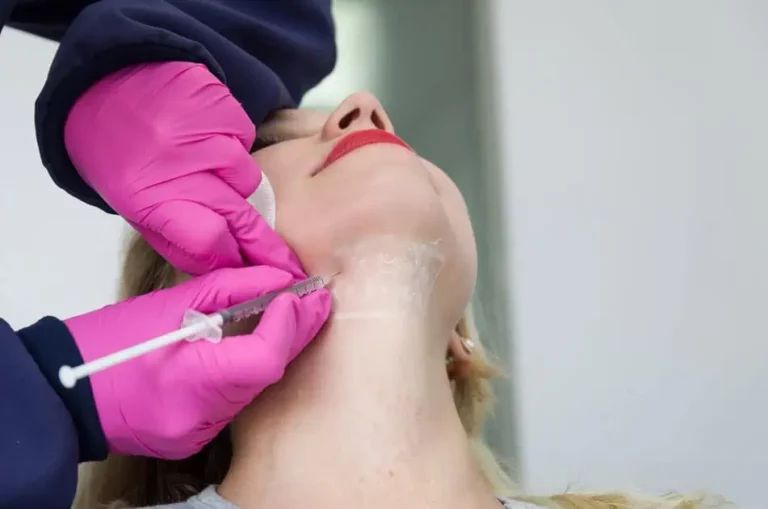Seasonal Treatment Timing: When to Tackle Japanese Knotweed for Best Results
Introduction
Japanese Knotweed is one of the UK’s most invasive and destructive plants. Its rapid growth and resilience make it a nightmare for property owners, developers, and even mortgage lenders. But did you know that timing is everything when it comes to Japanese Knotweed removal?
At CYB Environmental, we’ve helped countless clients successfully manage and eradicate Knotweed. In this blog, we’ll explain the seasonal growth cycle of Japanese Knotweed and reveal the best times to treat it for lasting results.
Understanding the Growth Cycle of Japanese Knotweed
To control Knotweed effectively, you first need to understand how it grows:
- Spring (March–May): Knotweed begins to sprout as reddish-purple shoots before developing into tall, bamboo-like stems.
- Summer (June–August): Peak growth season – plants can reach up to 3 metres tall, forming dense thickets with broad green leaves.
- Autumn (September–November): Energy is transferred down to the rhizomes (root system) in preparation for winter dormancy. This is the most effective period for herbicide treatments.
- Winter (December–February): Above-ground growth dies back, but the underground rhizomes remain alive and ready to re-sprout in spring.
Best Seasons for Japanese Knotweed Treatment
Spring: Spotting Early Growth
Spring is the ideal time to identify Japanese Knotweed. The distinctive shoots and zig-zag stems make it easier to spot before other vegetation takes over.
- Best for: Site surveys and mapping infestations.
- Limitation: Herbicide treatments are less effective as the plant is focused on upward growth, not root absorption.
Summer: Strong Growth but Limited Effectiveness
During the summer months, Knotweed is in full growth. Treatments can still be applied, but results are less predictable.
- Best for: Maintaining control, particularly if rapid spreading threatens neighbouring land.
- Limitation: Herbicides may not fully penetrate the rhizomes.
Autumn: The Golden Window for Treatment
Autumn is considered the best time to treat Japanese Knotweed. As the plant prepares for winter, it naturally draws energy and nutrients back into its rhizome system. Applying herbicide during this phase ensures it travels deep into the roots.
- Best for: Herbicidal treatment programmes.
- Benefit: Maximises long-term effectiveness, reducing the chance of regrowth.
Winter: A Strategic Pause
In winter, Knotweed dies back above ground, leaving only dry canes and crowns visible. Although treatments are not effective at this stage, it’s still valuable for:
- Conducting site surveys and risk assessments.
- Planning excavation or management works for the coming year.
Why Timing Matters for Property Owners
- Mortgage Approvals: Lenders often require an active Knotweed management plan. Starting treatment in autumn may provide the strongest evidence of control for mortgage applications.
- Cost Efficiency: Correctly timed treatments reduce the need for repeat visits, saving property owners money.
- Environmental Protection: Targeted seasonal treatment avoids unnecessary chemical use, ensuring compliance with environmental best practices.
CYB Environmental’s Approach
At CYB Environmental, we don’t believe in a “one-size-fits-all” approach. Instead, we provide:
- Tailored treatment plans based on your property’s needs.
- Specialist herbicide programmes carried out at the right seasonal stages.
- Site surveys and legal documentation to support property transactions.
Our goal is simple: to deliver safe, effective, and lasting solutions for Japanese Knotweed removal.
Conclusion
When it comes to Japanese Knotweed removal, timing is everything. While identification begins in spring and surveys are valuable year-round, autumn stands out as the most effective season for treatment.
If you suspect Knotweed on your land, don’t wait for it to spread. Contact CYB Environmental today for expert advice, site surveys, and professional removal services.


Leave a Reply